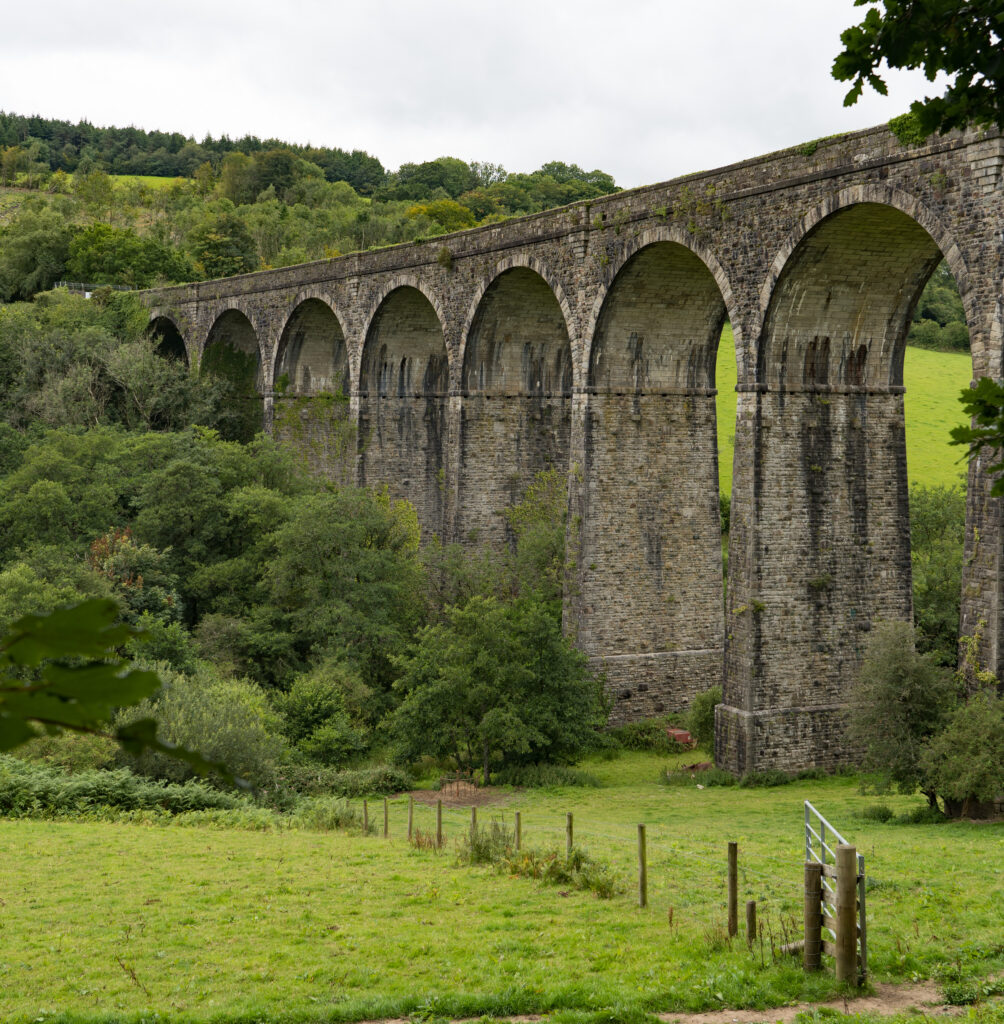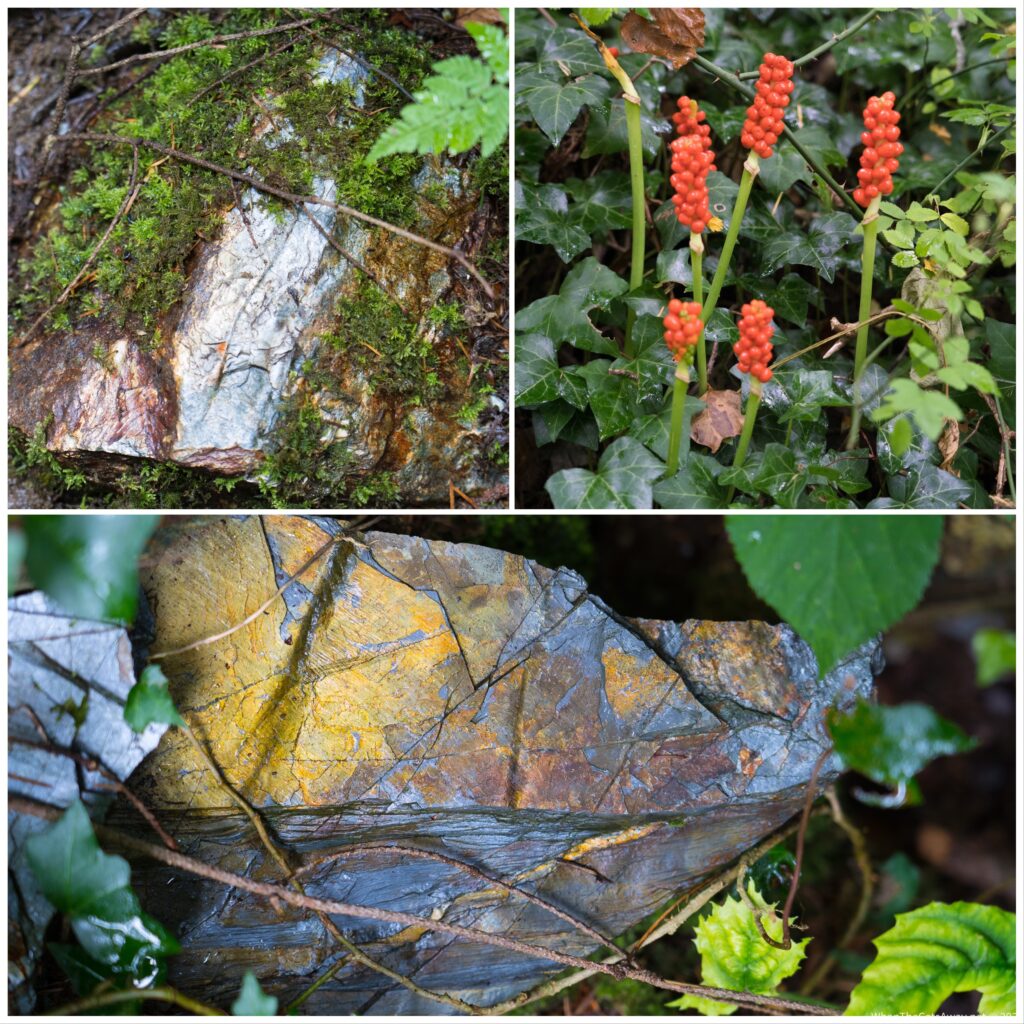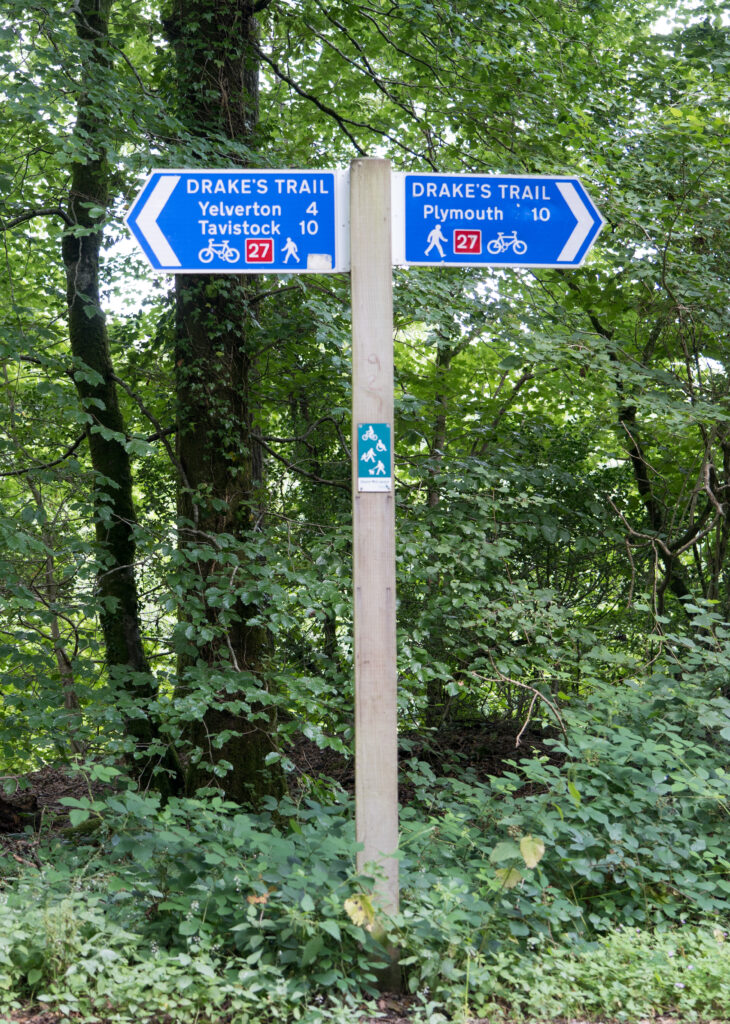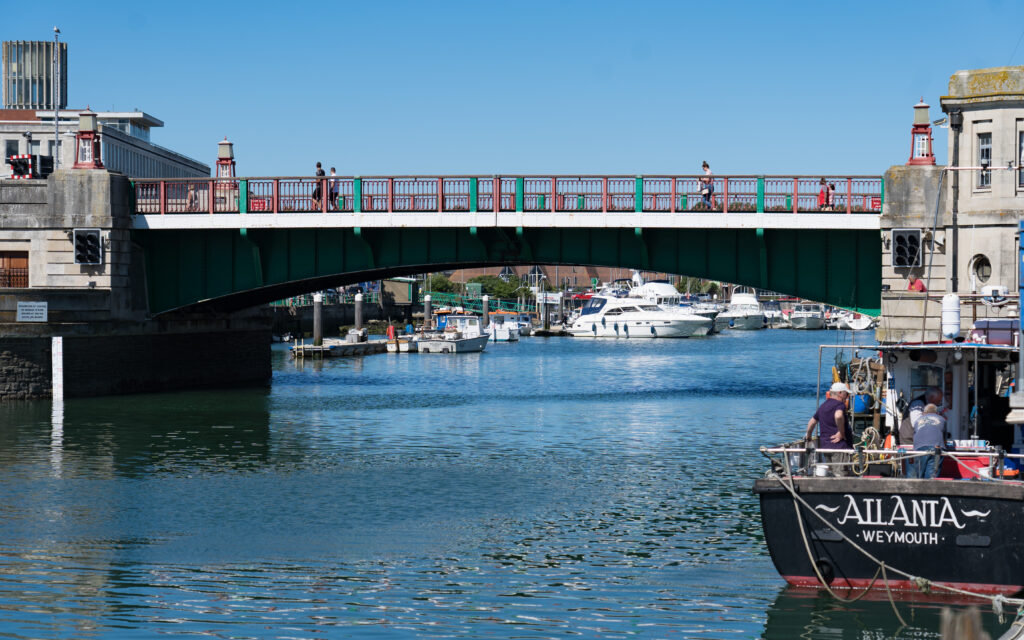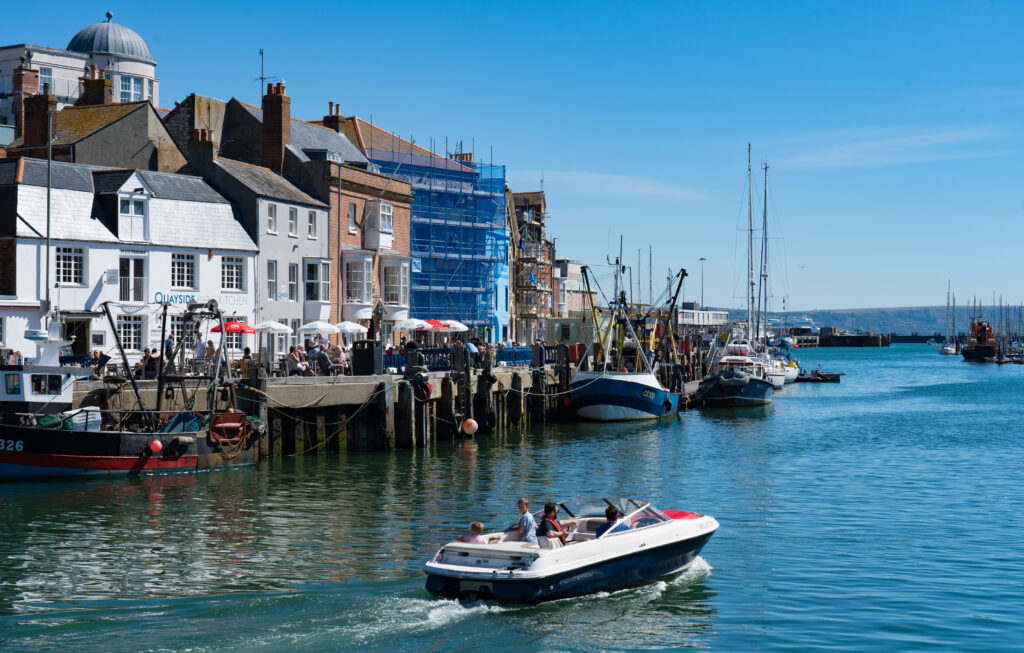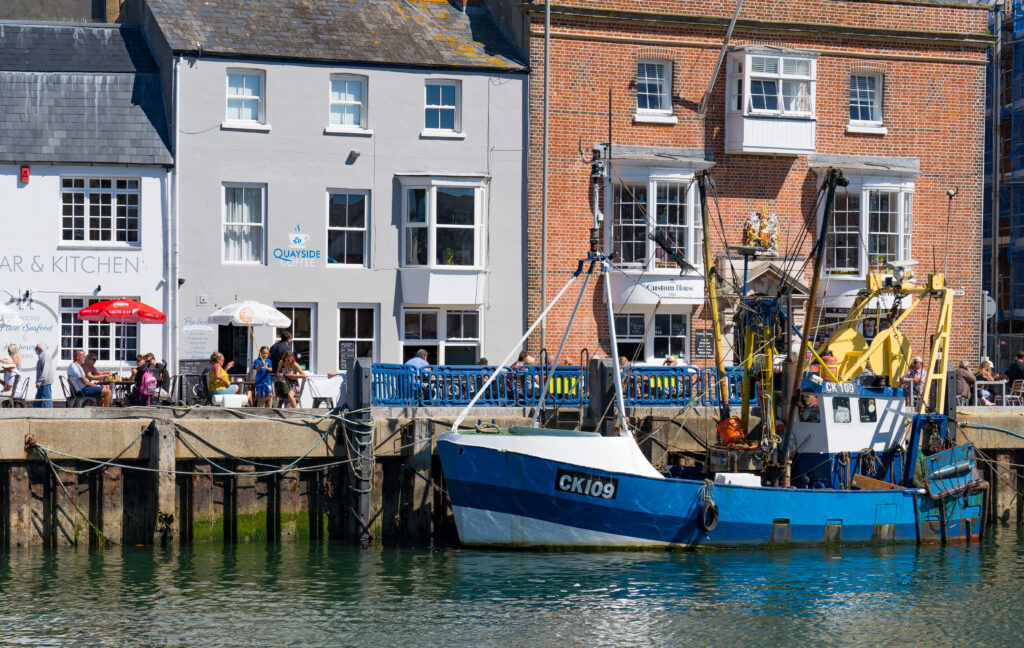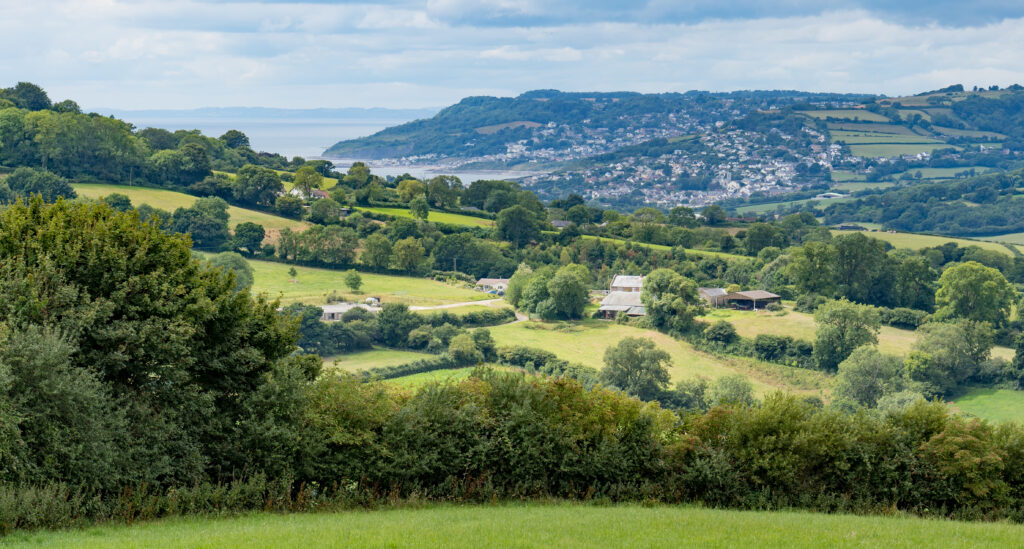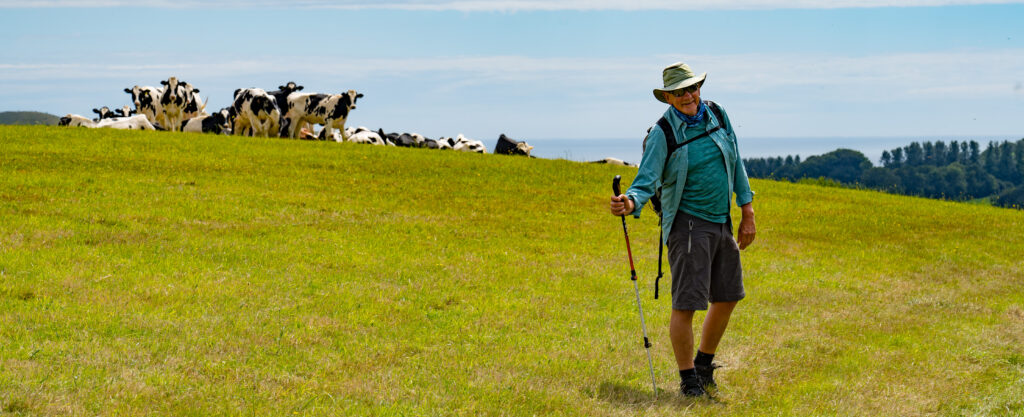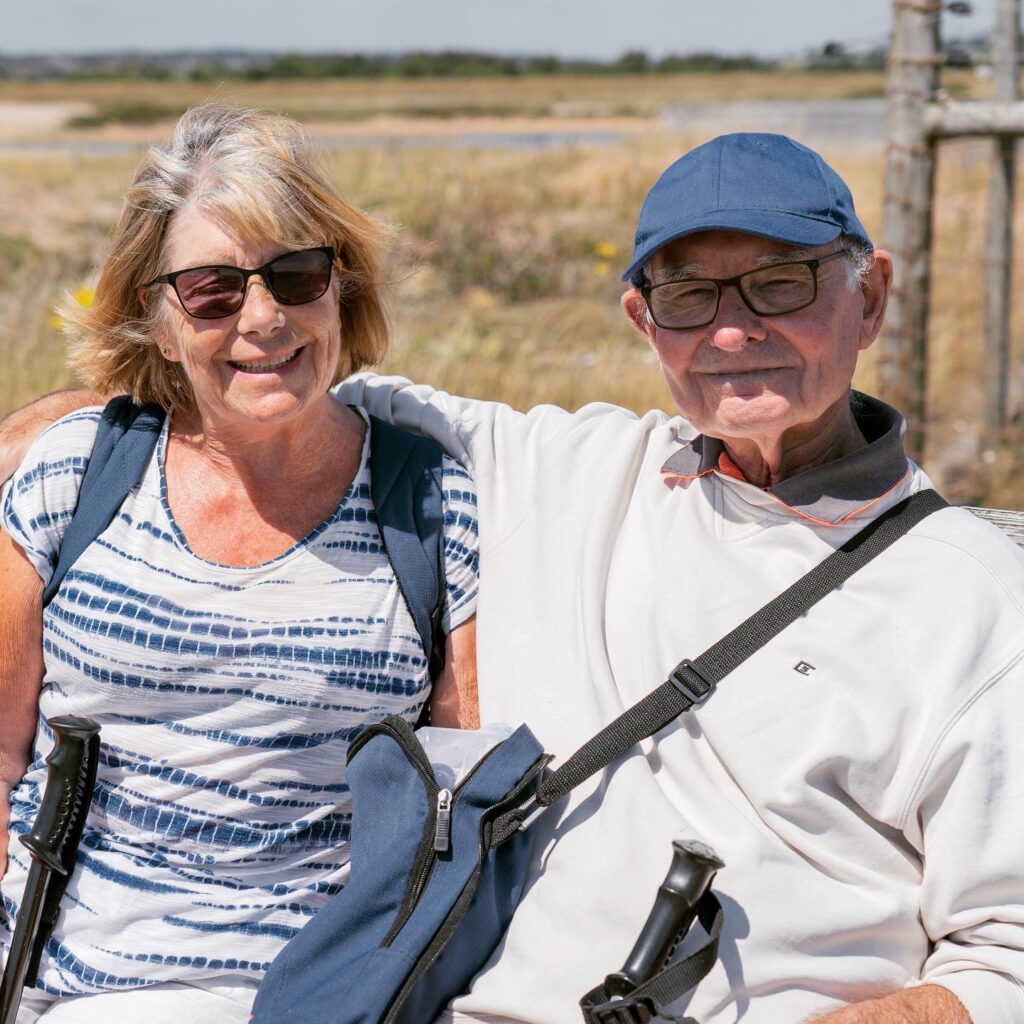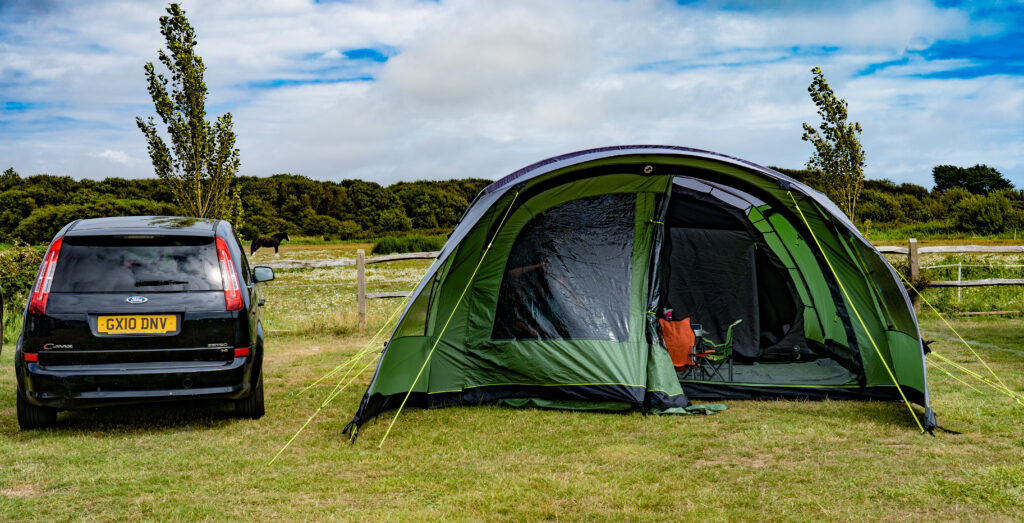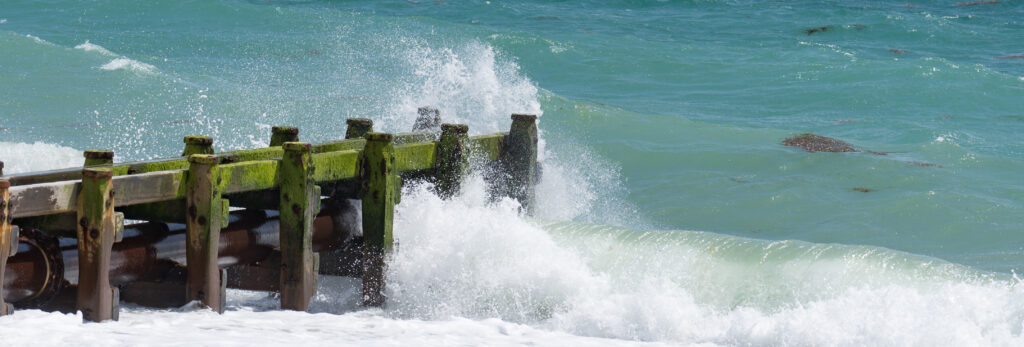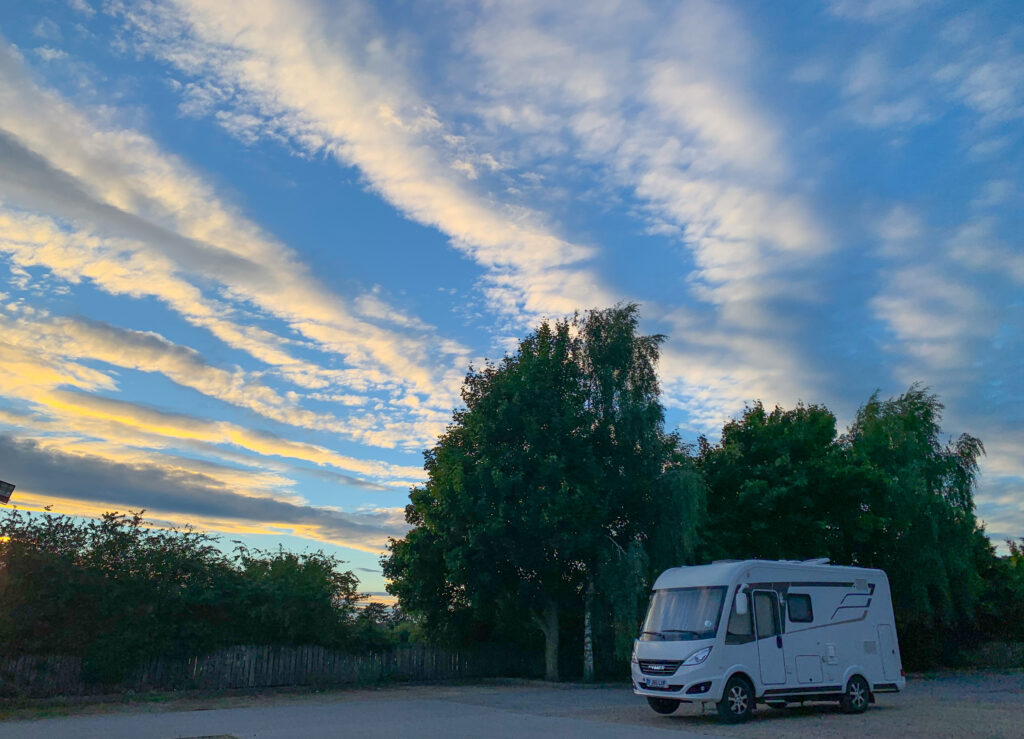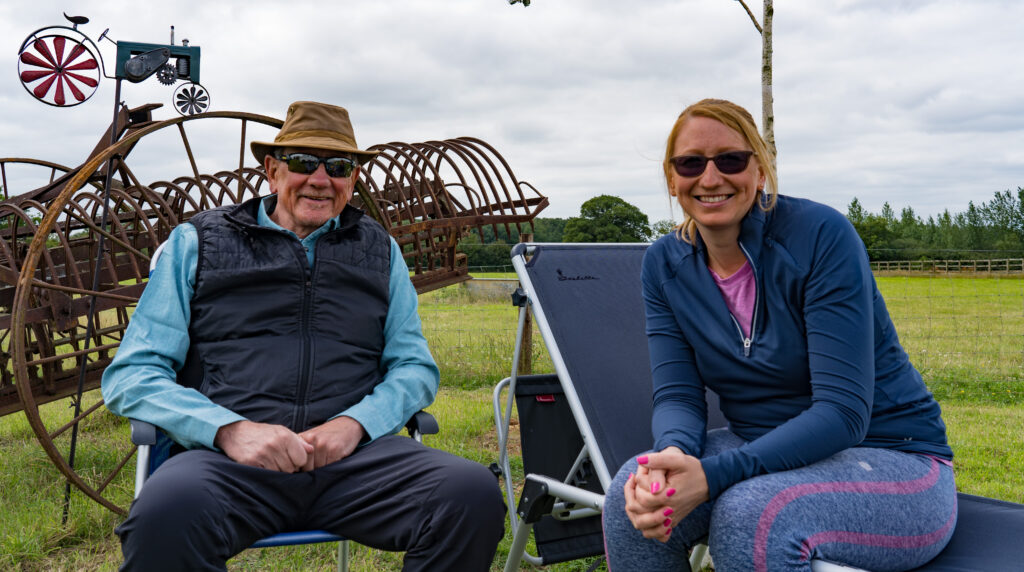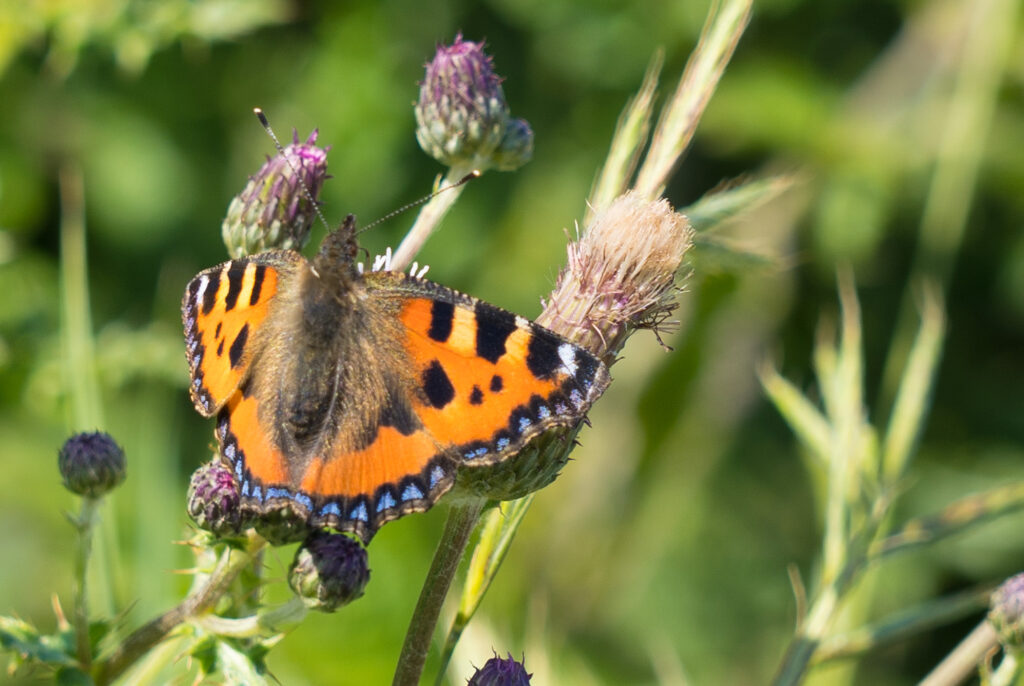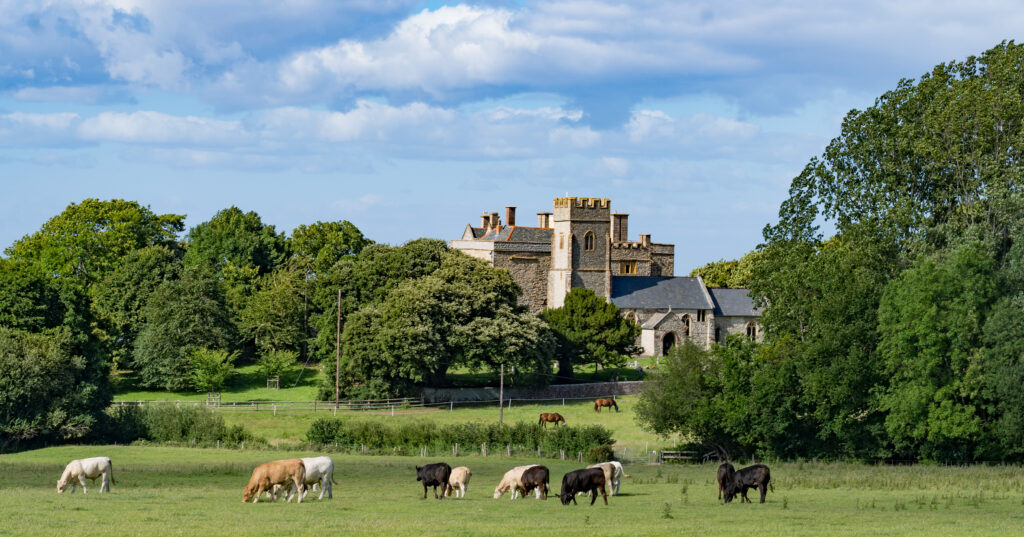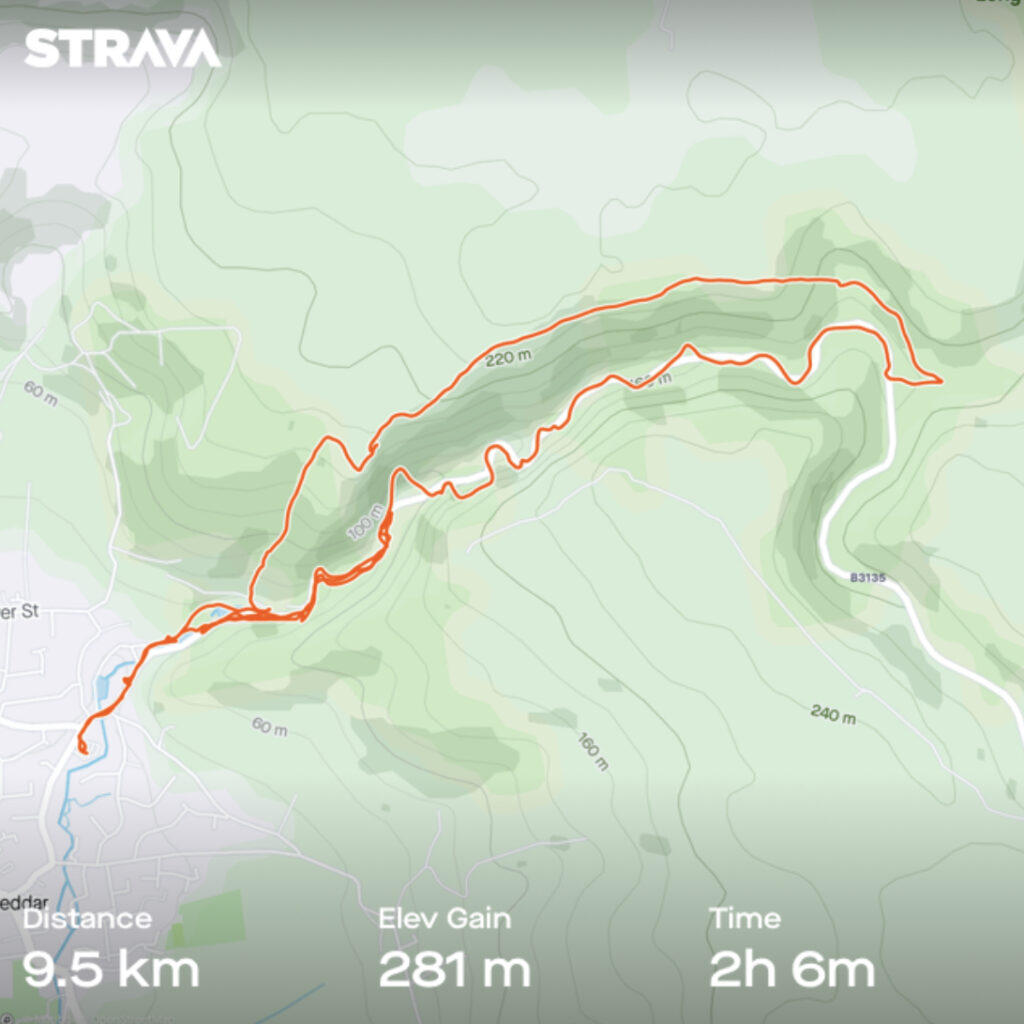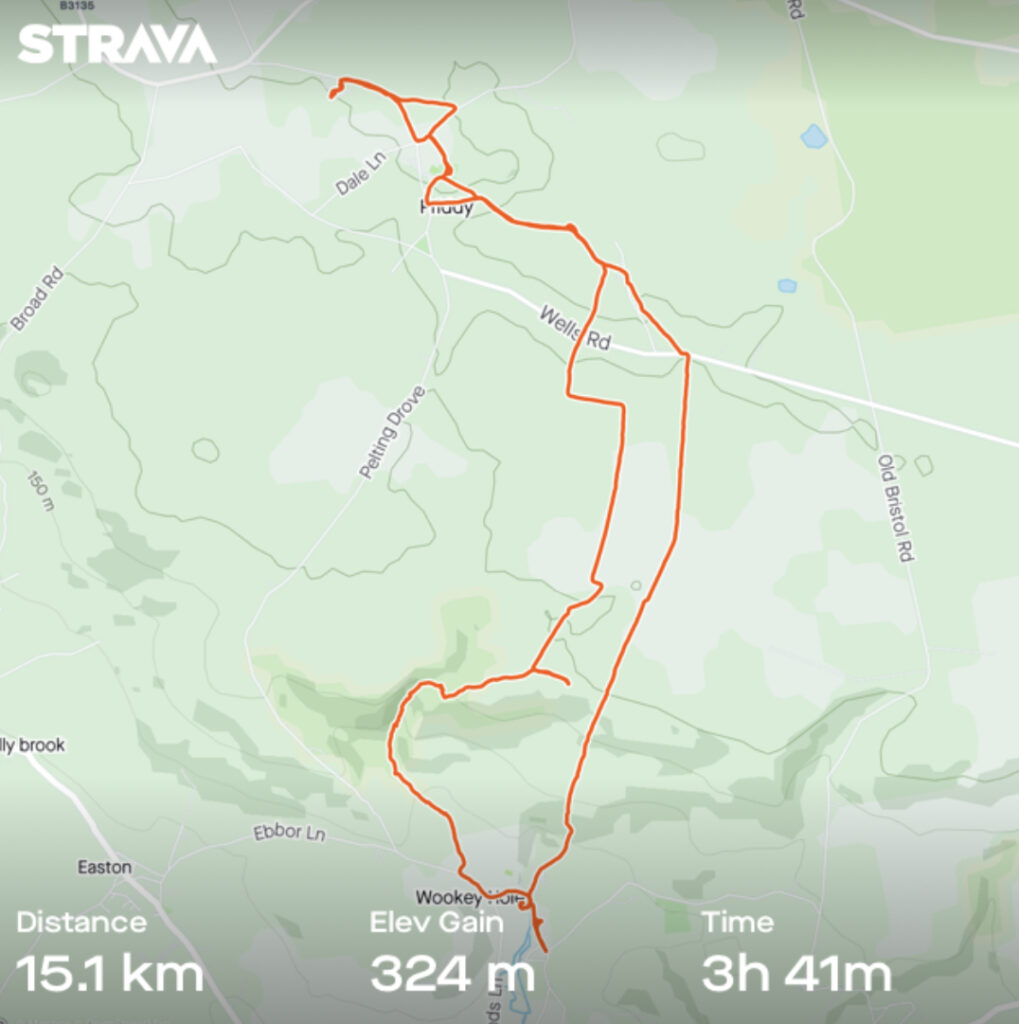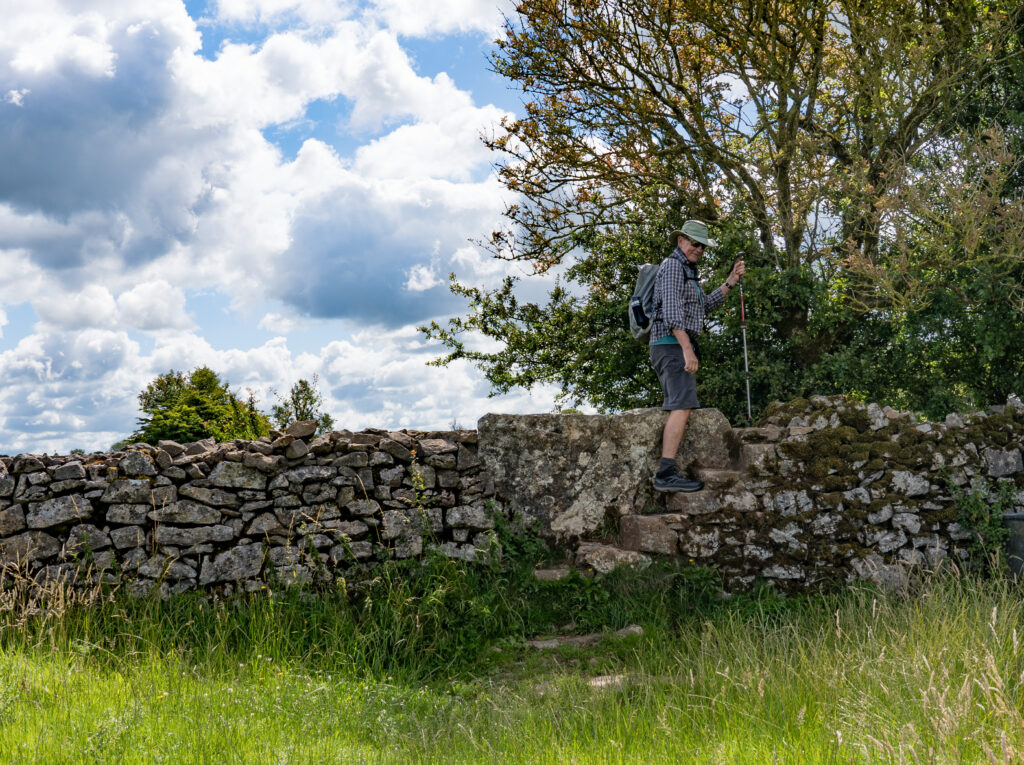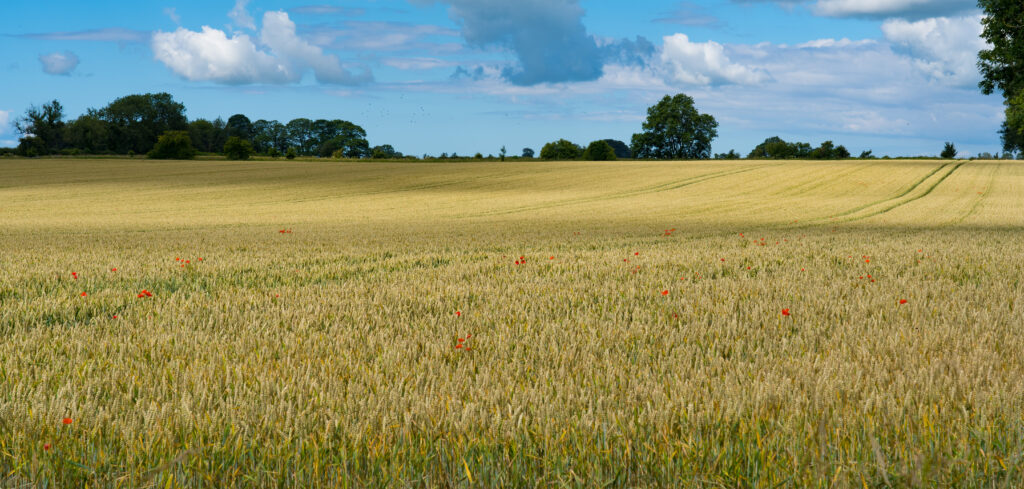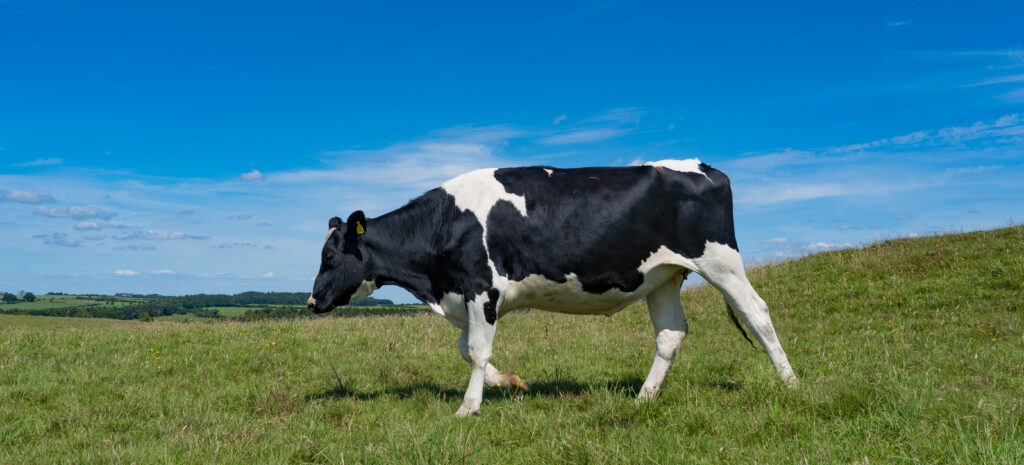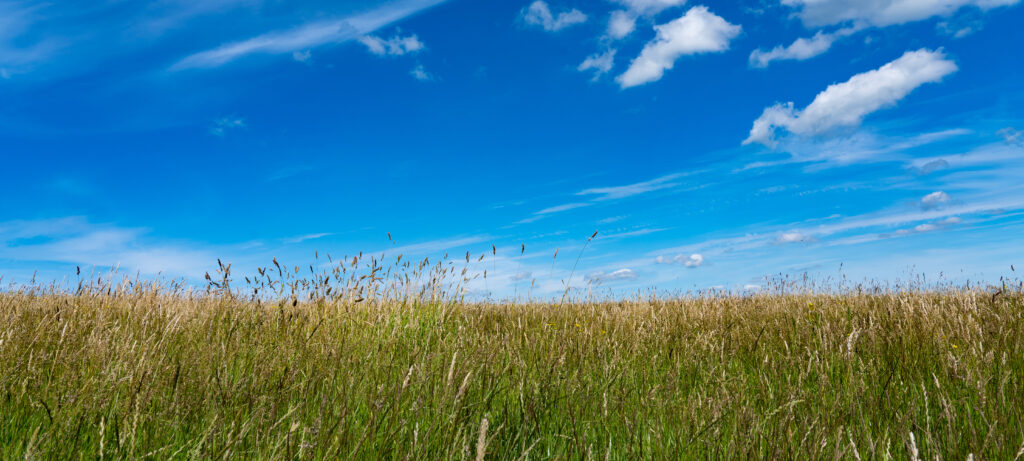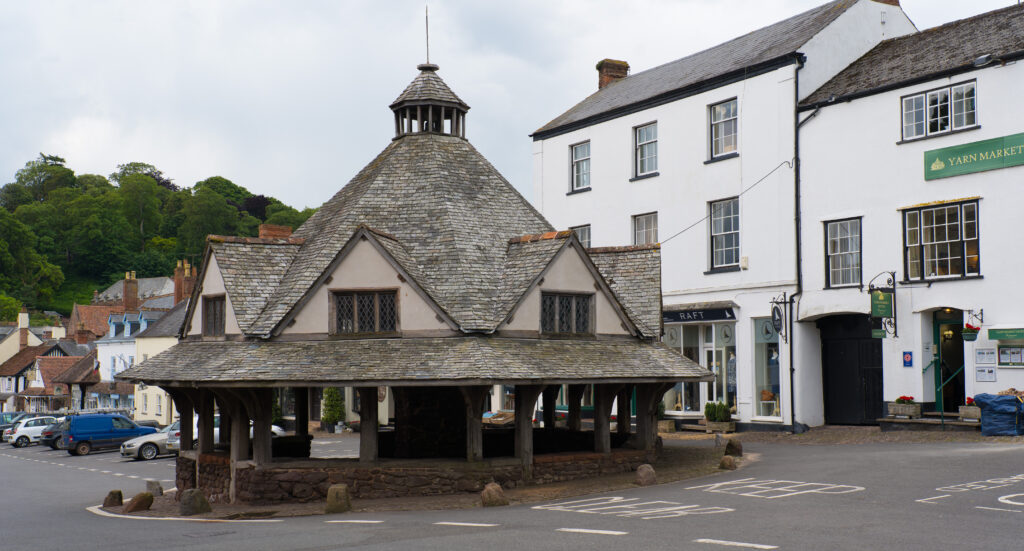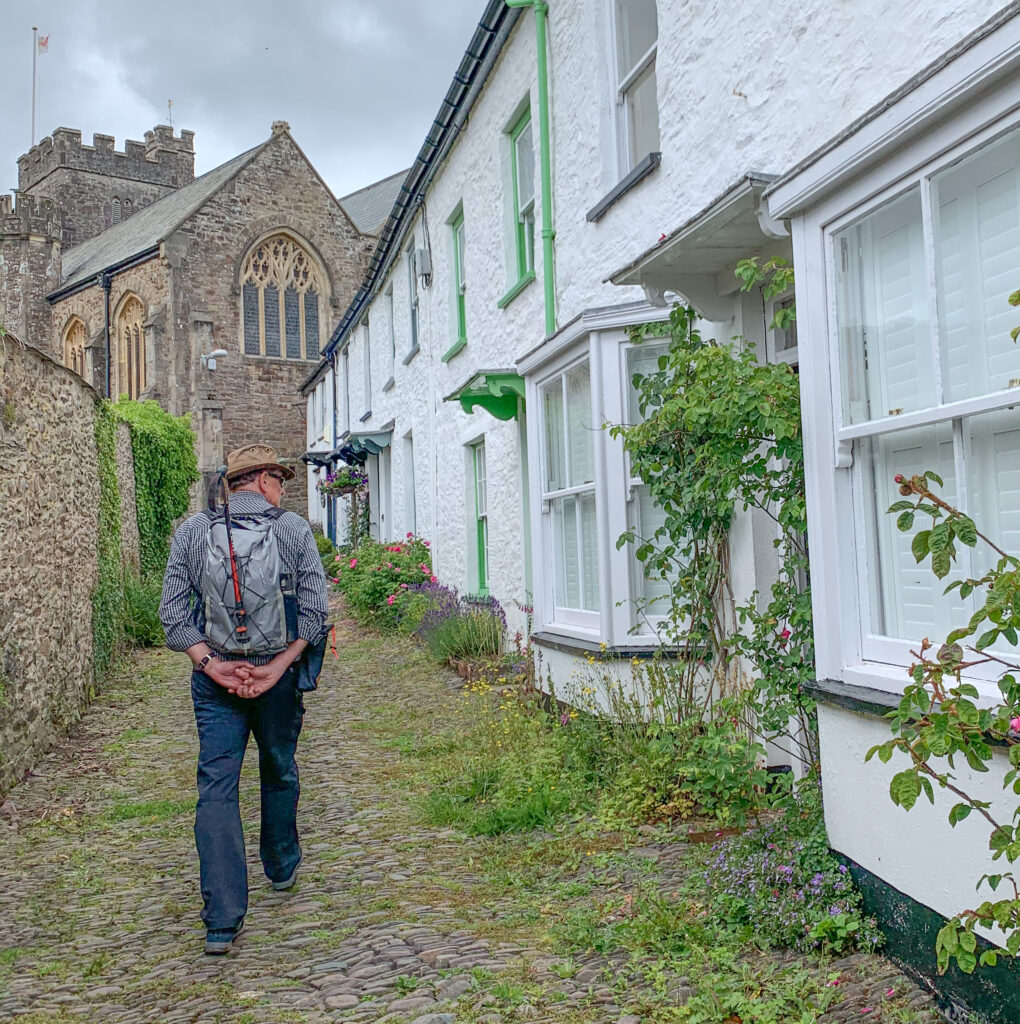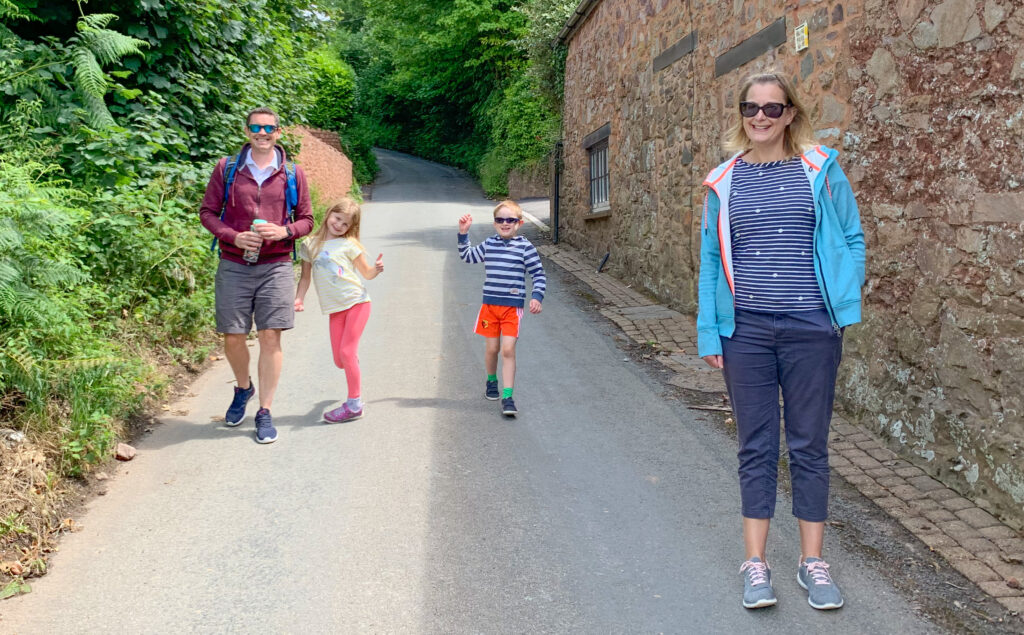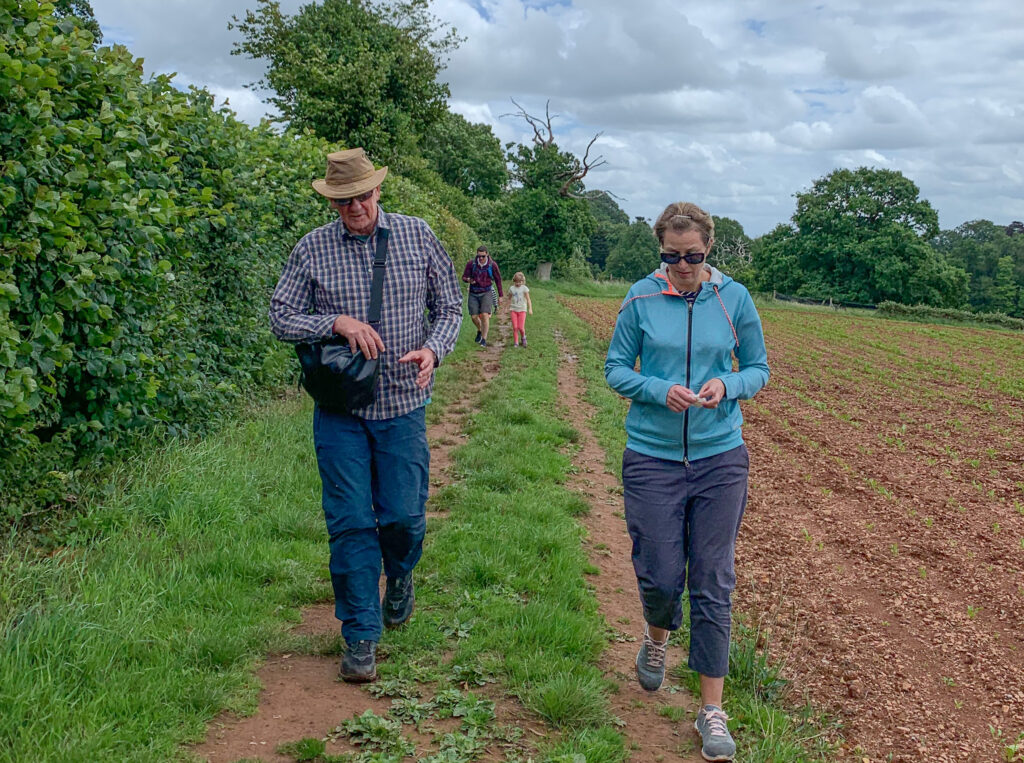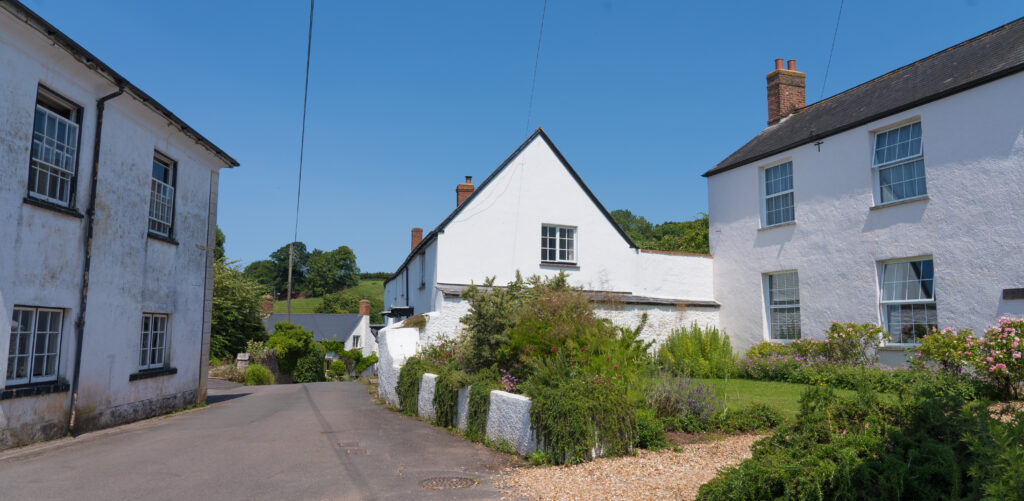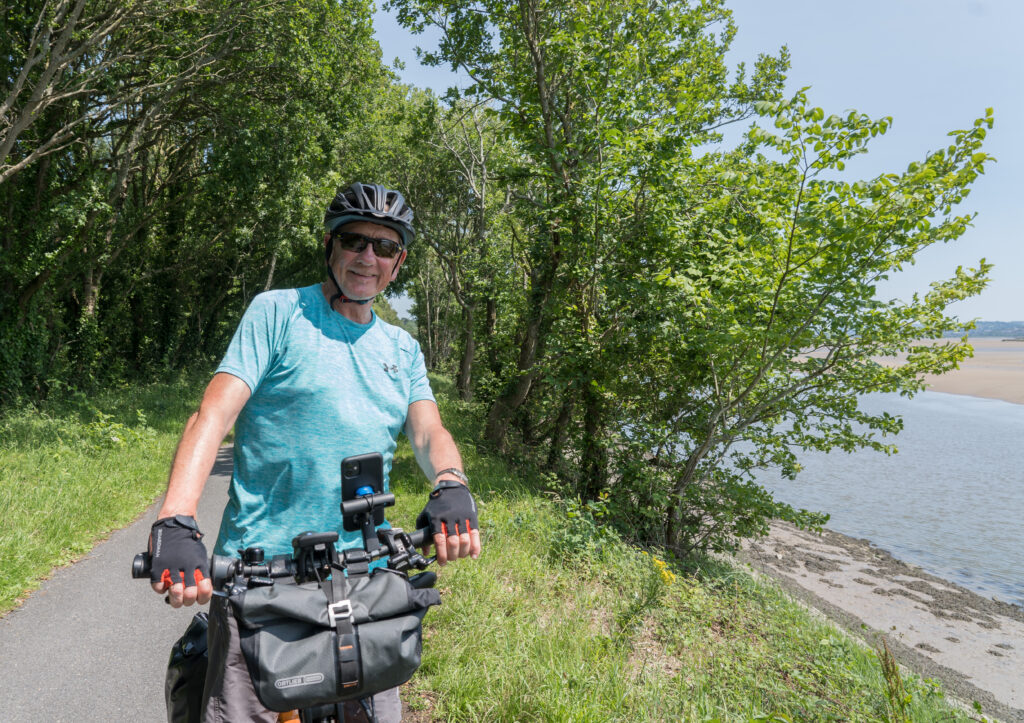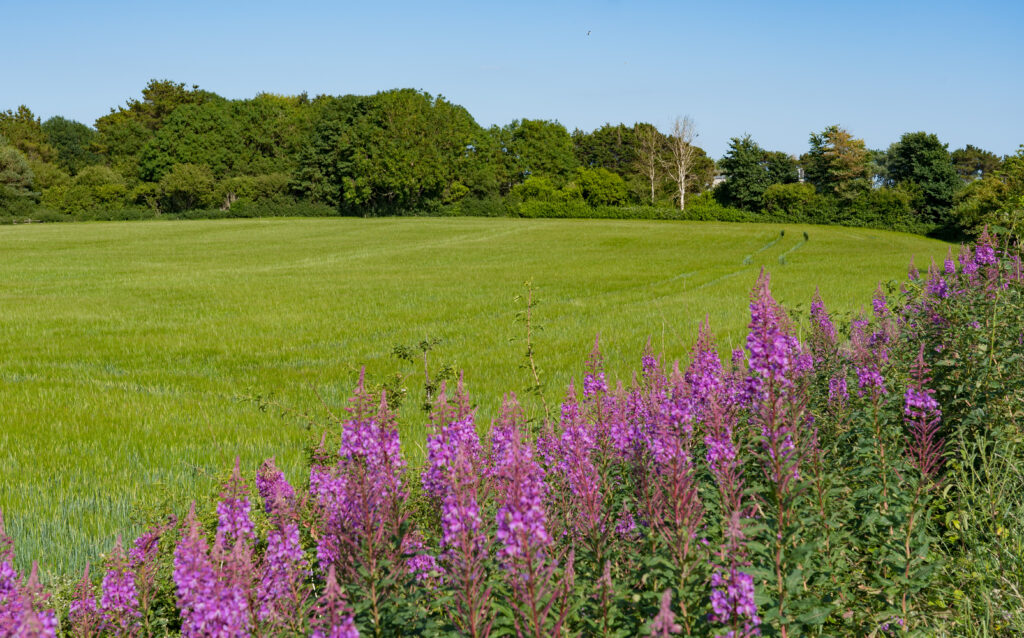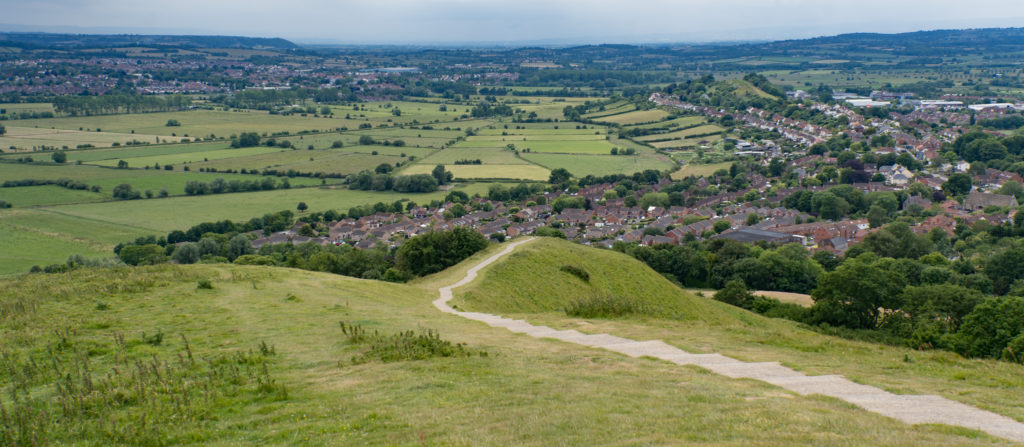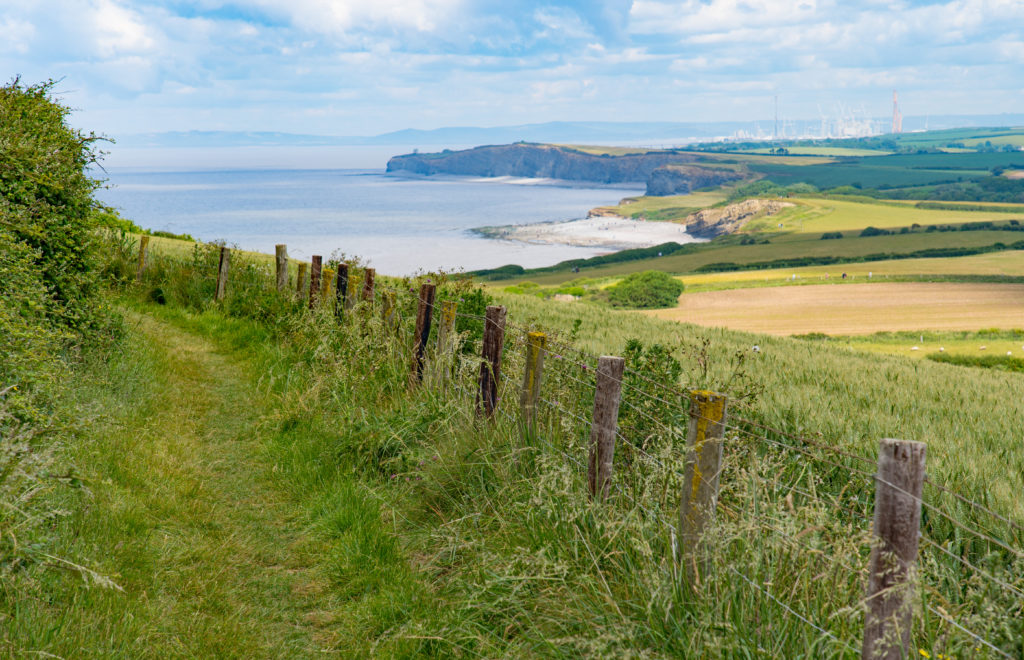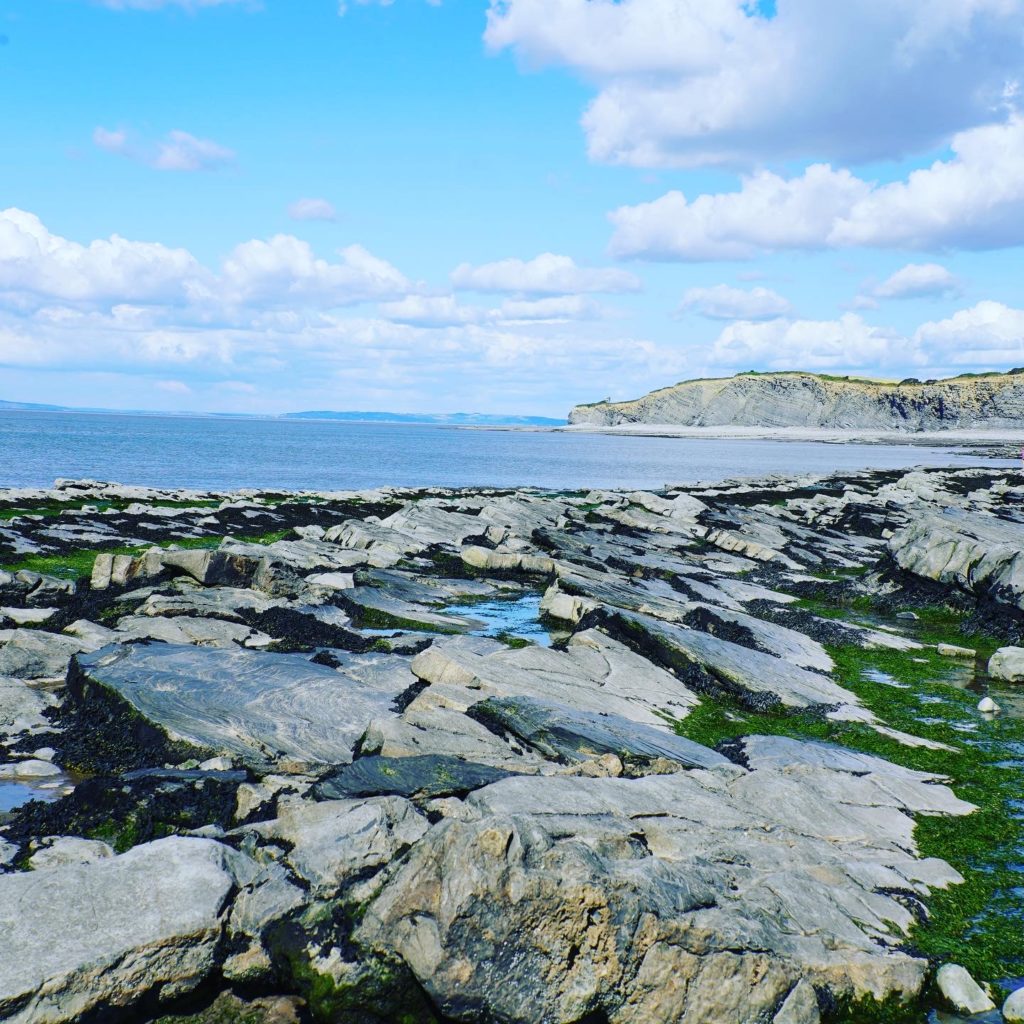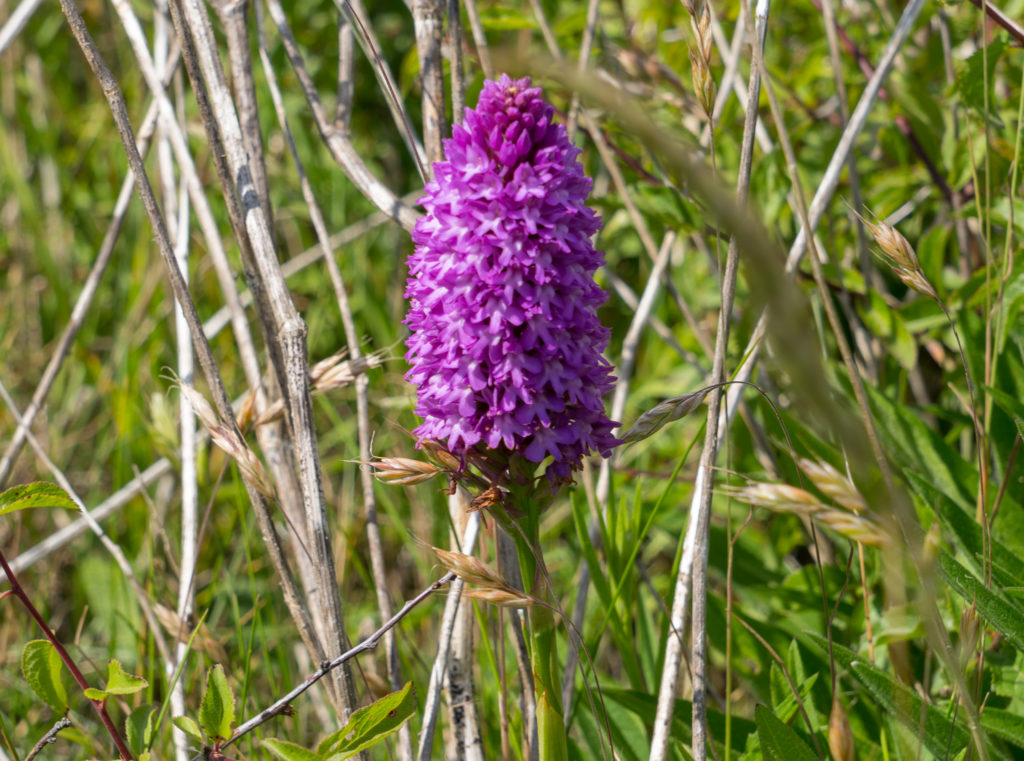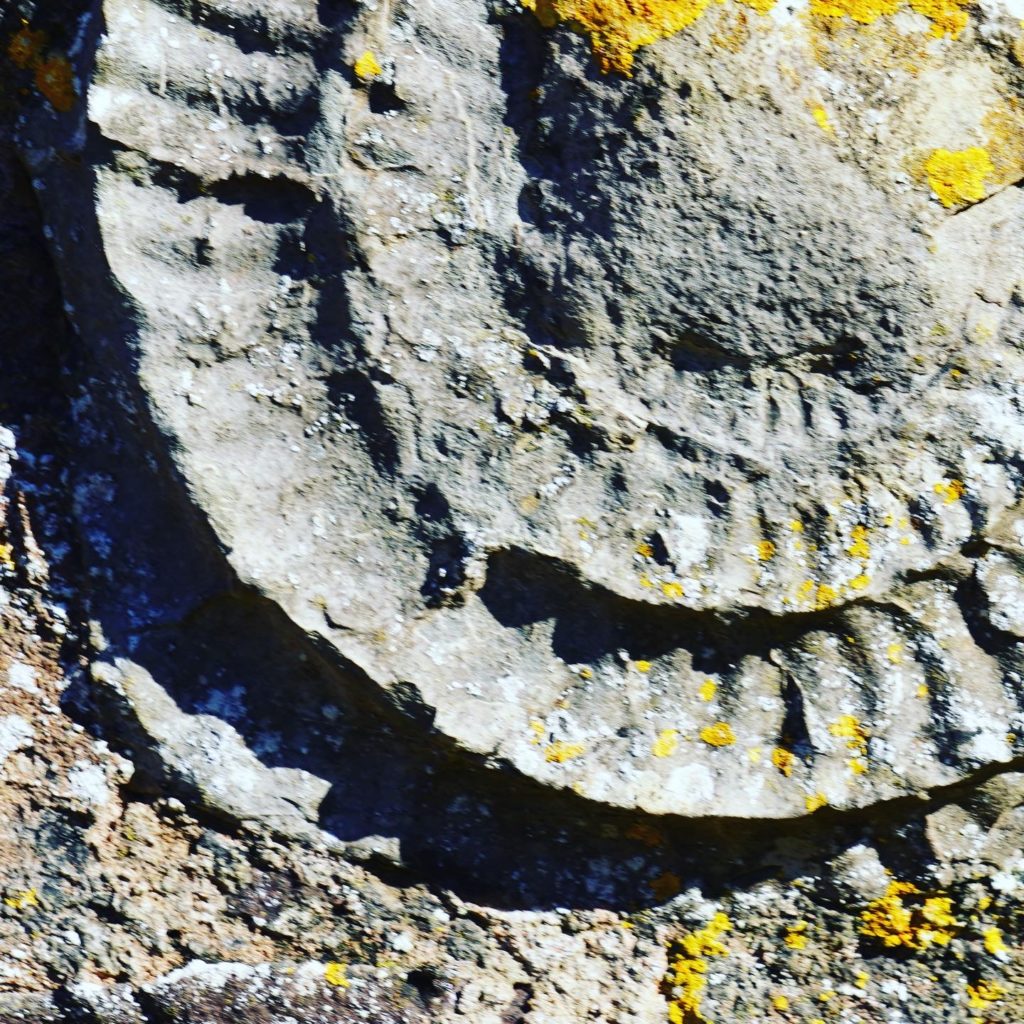Author: Mr A
Location: Tavistock, Okehampton and Dartmoor, Devon,
Having time to learn has been one of the great joys of retirement. We have found ourselves, in our three years on the road, improving our understanding of the world around us. Its history, geology, flora, fauna, macro and micro cultures. What a privledge, and we don’t want to waste that opportunity. Take this week for example. we took another walk from our campsite, and came across an old arsenic works from the early 20th century. That led to a bit of reading up about mining more generally in this area, and all of a sudden this whole new chapter in my learning journey opens up.

So we had seen the signs around Tavistock designating it a World Heritage site, but hadn’t really understood why. Its all about the mines.
I have also wondered how this little island I once called home got to be so important for a while on the world stage (Noah Harare in “Sapiens: A Brief History of Humankind” was the most readable explanation I’ve read on that) and the role mining played in Britain’s rise to fame I hadn’t really appreciated.
The archaeological record shows a history of taking ores from stream beds and turning them into something useful since the mid Bronze Age, around 4,000 years ago. In this area, it was mainly tin and copper, thanks to its abundance given a specific geology where mineralisation had occurred. I was definitely asleep in my history and chemistry lessons, as I hadn’t remembered that by adding small amounts of tin to copper – hey presto— you have bronze, an even harder metal. Although the first evidence of this process has been uncovered in Turkey over 5,000 years ago, first evidence so far in UK was a 1,000 years later. It has been postulated even as a reason the Romans invaded to get their hands on Cornish and Devon tin. By the 12th century there was over 60 tons of tin ore recorded as being mined out of Dartmoor and the surrounding area.
This mining activity has so shaped the landscape and made an unique contribution of the area we are exploring that in 2006 it was awarded World Heritage status, as the Cornwall and West Devon Mining Landscape. The 18th and 19th century saw deep mines (over 1500 feet at Morwhellan) for tin and two thirds of the world’s copper, as well as half the world‘s arsenic production. Mining machinery built in this area was sold around the world and become one of the drivers of the Industrial Revolution. Another piece in the puzzle of understanding this country’s history put in place.
So it is a with different eye that we can walk around this landscape, admire its rural beauty, and now appreciate its role on the world stage.




Just imagining the children, some as young as 9, their graves in the local churchyard, climbing down into these mines, sent shivers down our spines, even on this baking hot day. I think of my grandchildren at that age now, and how their world is so different.


One unintended benefit for us of this historical landscape is the abundance of old railways that the far sighted Devon Council has converted to rail trails. I had read about one called the Granite Way that started around 15 kilometres from our campsite. So off we rode, the excitement of the wheels rolling somewhere new never dulls.
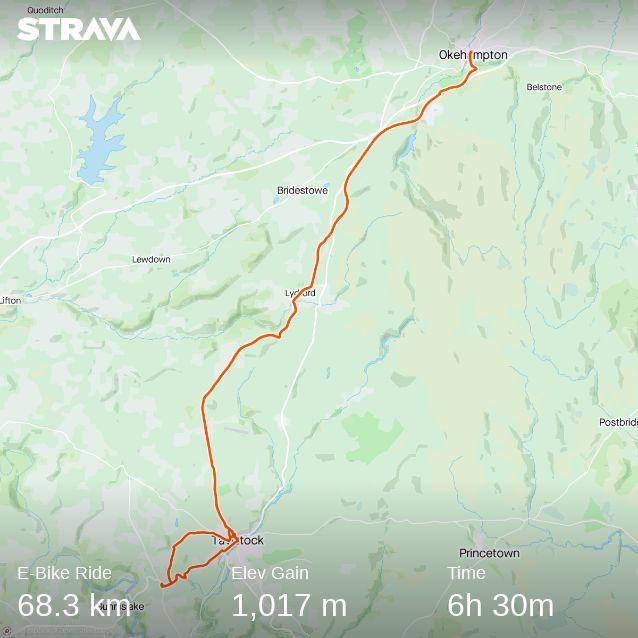
We cycled through some pretty hilly terrain, with liberal use of the pedal assistance provided by our bikes. Would we have chosen to ride to the start without battery support? I doubt it. It added over 30 km to the trip, with another 36km return for the rail trail to come. But knowing we could “flatten the hills” a bit we rode it (Strava link).
We are so glad we did. The ride took us through an unfolding landscape dotted with churches with commanding views, Norman castles, and some very enticing looking pubs.



But we pressed on to the welcome more level tarmac of the Granite Way. I had seen pictures from various blogs of the highlights of this route, which is part of the much longer “Coast to Coast” route through Devon (Plymouth to Ilfracombe) , but was still taken aback when we rounded a corner and this restored viaduct came into view.

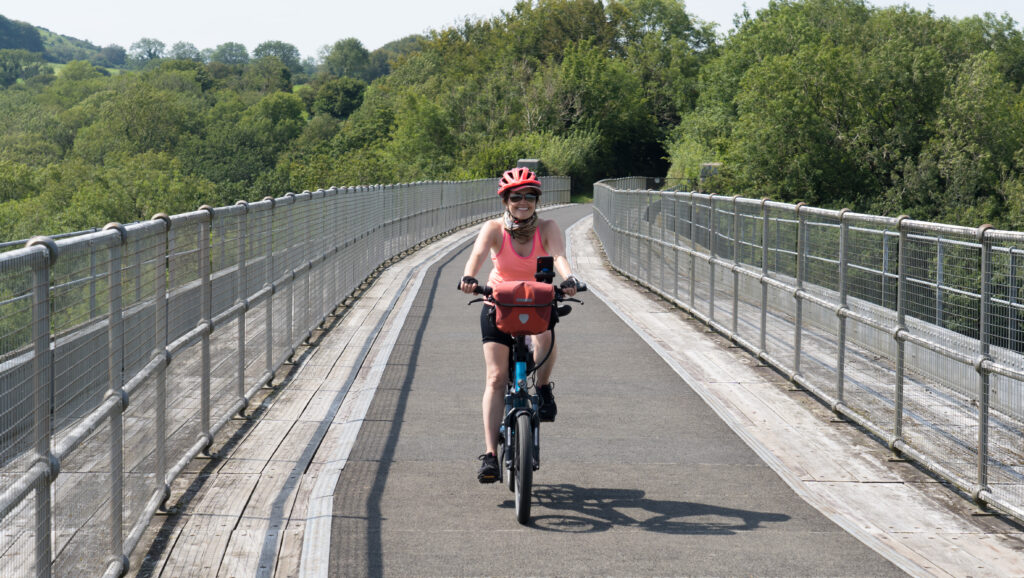
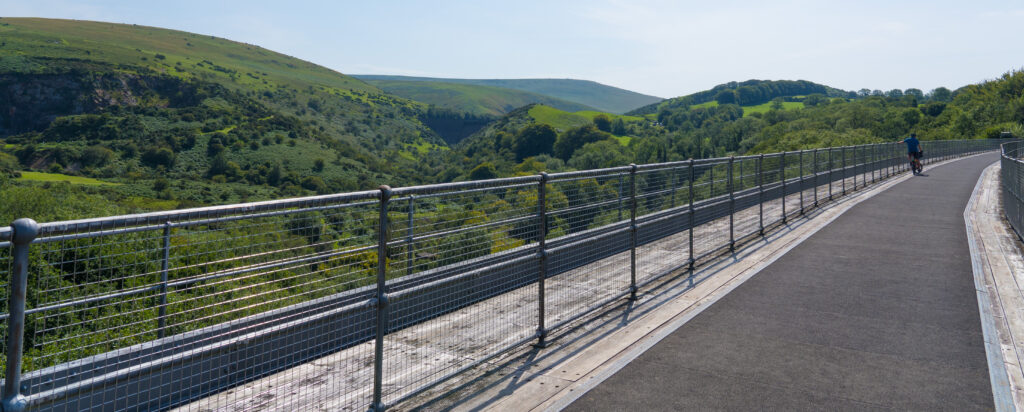
It was great seeing so many smiles from other cyclists as well, clearly enjoying the day. Even a couple of lycra clad road warriors smiled, unheard of in Australia! It is so relaxing to be away from the threat of cars, and just to be able to take in the view without constantly checking mirrors and worrying if you will be come one of the many accident statistics where bike meets car. Cyclist rarely comes off better! Touch wood, so far, we have experienced really respectful road sharing behaviour from car drivers. The only near accident was when we were pedestrians and a road cyclist came hammering around a blind bend in a village and nearly took Catherine out!
As we reached the end of the trail in the small town of Okehampton, we spotted a family from our campsite who has just ridden the trail with their three boys, one of whom was only five! Brilliant. A long pub lunch while our batteries charged back up, and we rode back, catching them up and riding the return rail trail leg with them. It was so inspiring to hear their story. The two highest mountain peaks in England and Wales have bagged by these little guys, when one was only four!


They don’t posses tablets, and haven’t asked for them. Life in their home town of Newquay seems busy enough with swimming, surfing, riding and hiking. There are many different ways to parent, and I’m sure not an expert, but seeing these young guys’ confidence and interest in the world around them as we shared a bottle of wine with mum and dad, I filed that observation away.




